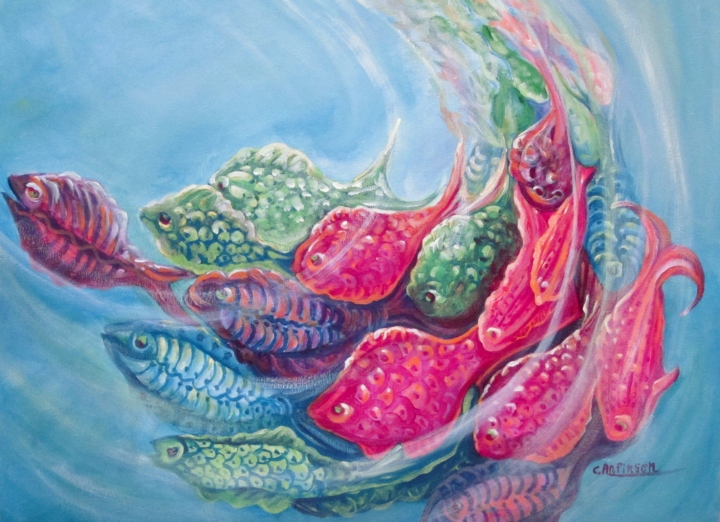
A great article in Sunday’s business pages featured a local health food store that convinced me I’m not alone, but part of a growing number of people who have become allergic to the food they eat.
I grew up in a dairy state and thrived on ice cream, milk and creamy soups and pastas. Now, after all these years, I’m suddenly lactose intolerant. First I had a miserable bout of gastritis and irritable syndrome including acid reflux which lasted for about three years. To make a long story short, I had my diseased gall bladder removed, but it didn’t end my stomach issues.
Suffering from vomiting and diarrhea, I went through a process of elimination and discovered I couldn’t eat anything dairy, except small amounts of sharp cheddar. And I had severe reactions to soy products which eliminated a huge swathe of dietary choices. The problem is sometimes I have those problems even without eating those foods so there may be other suspicious culprits I haven’t detected yet.
Why am I sharing this diatribe? Because “Food allergies are on the rise,” and you may have the same problem. According to a Centers for Disease Control and Prevention study released in 2013, food allergies among children increased by nearly 50 percent between 1997 and 2011.

“The estimated number of adults with food allergies is nearly 15 million.” With Thanksgiving and the holidays coming up, many people (me included) are worried that there may be an ingredient in their food that could cause them to be ill. People are becoming more aware of what they eat and how it affects them.
GMO Genetically Modified Organisms is a term many are learning about and the hidden dangers that may only become known in the future. Over the last 10-15 years, more and more foods, including milk products, have been modified and changed which may account for why I was able to tolerate it before, and not currently.
Other foods such as soy, corn and wheat have been modified so farmers can produce more and at a faster rate. When I discovered my soy allergy, I began reading labels. I learned that instead of raising prices, producers are adding soy flour and soy oil to baked goods. Even my grocery bakery that I never had to worry about before has begun using these additives.

If you’re having problems with acid reflux and cramping or pain, start a process of elimination and find out which foods are bothering you. It’s well worth the effort. You may have other bothersome symptoms that could be linked to food allergies. I was having spells of dizziness and sometimes migraines. I have completely eliminated these symptoms that were probably linked to food allergies.
Below is a link that lists all the GMO foods you need to be concerned about. Eliminating most of these items from your diet could bring you some relief if you’re suffering from the effects of any of these foods.



